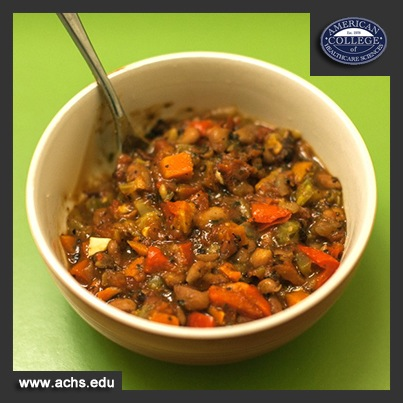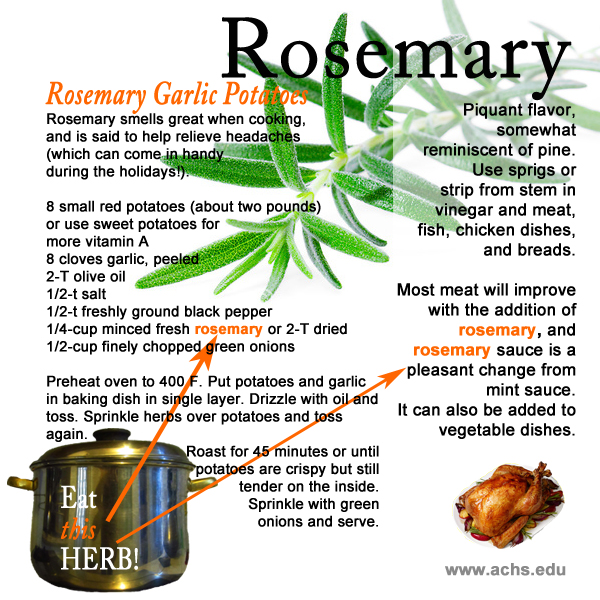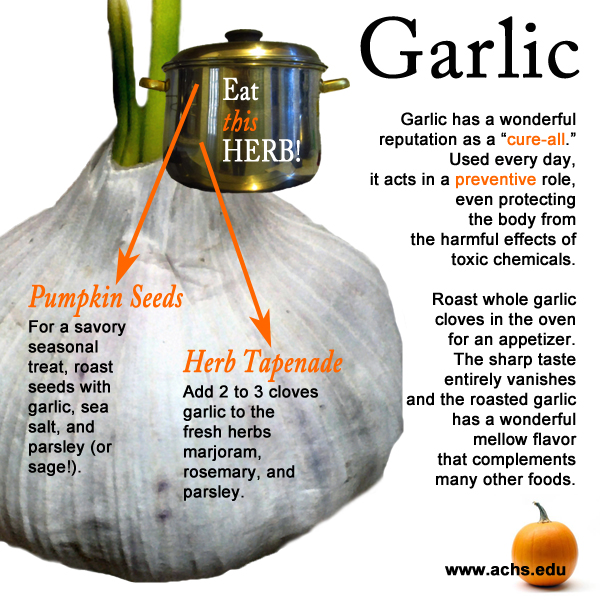By ACHS Student Timothy Grutzius, Associate of Applied Science in CAM
A few months ago my four-year-old American Eskimo dog, Vino, was stricken with pancreatitis and became violently ill. As a result, he stayed overnight in the pet hospital and received intravenous fluids, antiemetic medications, and a lot of tender-loving care. When I picked him up the next day, he was sent home with a bland diet consisting of cooked ground turkey and mashed sweet potato. I began to wonder why the sweet potato was added to his diet and decided to explore what this orange vegetable had to offer besides being a great tasting side dish at holiday meals.
 A recent article in Natural Solutions magazine titled "The Nutritional All-Star: Sweet potatoes are packed with Nutrition!" offered a starting point to my journey (2012, p 35-36). According to this magazine, the sweet potato (Ipomoea batatas), which is native to Central America, was brought back to Europe after Christopher Columbus discovered this vegetable upon landing in the West Indies in 1492 (2012). Murray and Pizzorno note that sweet potato cultivation began with the early settlement in the southeastern United States, but the orange-colored variety did not show up until the mid-1900s (2005, p. 236). These authors further note that China, India, and Vietnam are among the top commercial producers of sweet potatoes today (Murray and Pizzorno, 2005, p. 237).
A recent article in Natural Solutions magazine titled "The Nutritional All-Star: Sweet potatoes are packed with Nutrition!" offered a starting point to my journey (2012, p 35-36). According to this magazine, the sweet potato (Ipomoea batatas), which is native to Central America, was brought back to Europe after Christopher Columbus discovered this vegetable upon landing in the West Indies in 1492 (2012). Murray and Pizzorno note that sweet potato cultivation began with the early settlement in the southeastern United States, but the orange-colored variety did not show up until the mid-1900s (2005, p. 236). These authors further note that China, India, and Vietnam are among the top commercial producers of sweet potatoes today (Murray and Pizzorno, 2005, p. 237).
We now know that sweet potatoes arrived in the United States with the early settlers, but what hidden gems are found lurking within this tasty vegetable? George Mateljan, author of The World's Healthiest Foods, provides an excellent nutritional profile for the sweet potato (2007, p. 285). After careful review of his nutritional analysis, I discovered that a small baked sweet potato with its skin, provides over 260% of the daily value (DV) for vitamin A (in the form of beta-carotene) and almost 29% DV of vitamin C (Mateljan, 2007, p. 285).
Murray and Pizzorno (as well as Mateljan) note that sweet potatoes "contain unique root storage proteins" which produce antioxidant effects. These authors further relate that it is a combination of the proteins, carotenes (from vitamin A), and vitamin C consumed from sweet potatoes that help to increase antioxidant activity in the body (2005, p. 237).
Additionally, sweet potato consumption contributes to a healthy GI tract as it is a significant source of dietary fiber (3.9 grams) for a medium-sized serving (Natural Solutions, 2012, p. 36). Mateljan notes that this source of fiber helps to slow down both digestion and the release of sugar, making the sweet potato a diabetic-friendly vegetable even though its sweetness would seem to indicate otherwise (2007, p. 284).
Sweet potatoes are packed with vital nutrients, but eating them raw would not be very appealing to the palate. However, all hope is not lost as one of the easiest ways to prepare this vegetable is by baking. Mateljan offers a unique twist at the end of this common preparation as follows:
- Wash two potatoes and pierce each with a fork or knife to allow steam to escape and prevent bursting.
- Place the vegetable in a 400 degree oven for approximately one hour. A well-cooked sweet potato will be soft when squeezed (handle with oven mitts to prevent burns).
- Slice the potatoes open and drizzle with 3 tablespoons of extra virgin olive oil, 1 teaspoon of rosemary, and salt and pepper to taste. Serves two (2007, p. 283).
This recipe is easy to prepare with minimal ingredients, and as Rachael Ray would say, it is "Dee-lish."
As we have learned, the sweet potato is packed with nutrients that support both a healthy digestive system (the reason it was added to my dog's diet sans oil and spices) and is diabetic friendly. As for Vino, he has recovered quite nicely and has resumed a normal diet with digestive enzyme supplementation. The only thing he is afflicted with now is a hoarse voice from the continuous barking at every squirrel that passes by our window. Life goes on in the Grutzius household.
References
Mateljan, G. (2007). The World's Healthiest Foods. Seattle, WA: GMF Publishing.
Murray, M., Pizzorno, J., & Pizzorno, L. (2005). The Encyclopedia of Healing Foods. New York, NY: Atria.
No Author. (2012, October). The Nutritional All-Star: Sweet potatoes are packed with nutrition! Natural Solutions, 35-36.
Note the ideas and opinions expressed within third-party articles within the ACHS Blog have been provided for educational purposes only and do not necessarily express the ideas and/or opinions of the ACHS Blog, the ACHS Blog staff, the American College of Healthcare Sciences, its staff, or faculty.
This information has been provided for educational purposes only. It is not intended to treat, diagnose, cure, or prevent disease. You should always consult with your primary care physician, naturopathic doctor, or holistic nutritionist before making any significant changes to your health or holistic nutrition routine.





